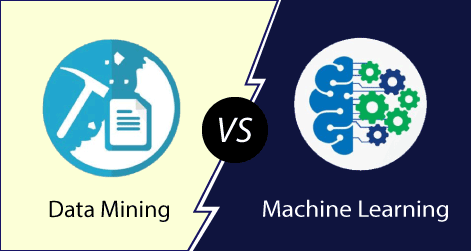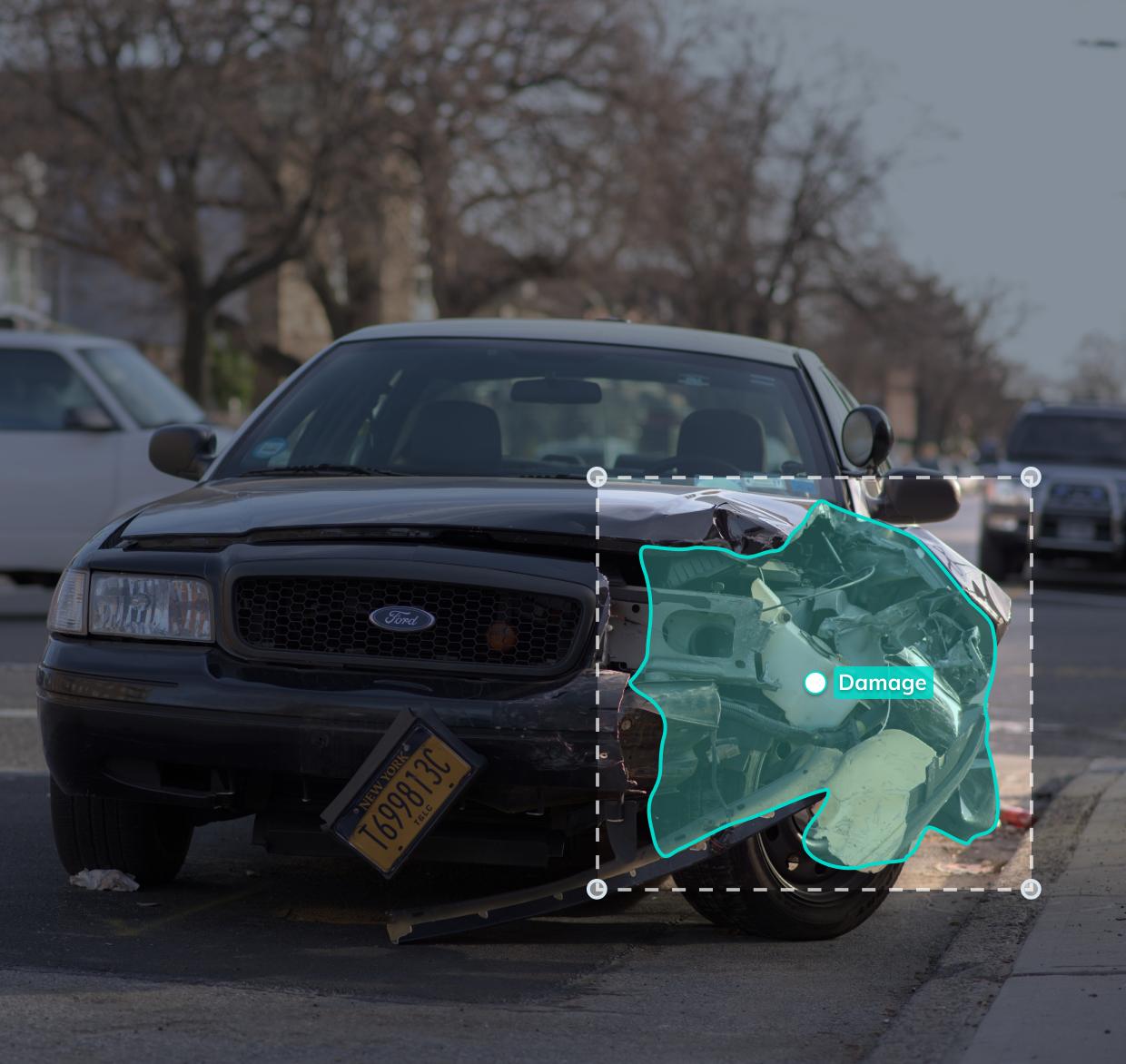
Existential threats can be defined as dangers that pose a threat to our existence. They can be physical or symbolic. These threats are primarily physical and include inequality, climate change, and aging. The symbolic threats are situations such as nuclear war or terrorism. There is no definitive definition for the three types existential threats. These threats vary in severity, but we should take into account all of them when we evaluate the present. This article will focus on a few and show how we can prepare ourselves to deal with them.
Physical
The COVID-19 epidemic is a great example of a physical existential threat. Extreme weather conditions could become the norm due to rising temperatures. This would result in food, water, and housing shortages, which could in turn trigger war and economic instability. While climate change is unlikely to become an existential threat, it does increase the likelihood of wars, natural disasters, and pandemics. This article will focus on a few of the threats currently facing humanity.

Symbolic
Symbolic existential dangers can have multiple dimensions and have different effects on different people. The threat of racial discrimination or a decline of White people could have a negative impact on people's preference for conservative policies. Although the findings of these studies are important, the relevance of collective symbolic threats depends on the context and culture of a given group. It is true that racial discrimination, status-based hatred and racial prejudice are more prevalent in whites than elsewhere.
Inequality
Therborn argues that inequality is a killer: deprivation of essentials of life leads to psychosomatic consequences, and the psychological effects of different class situations have a direct impact on one's health. The author refers specifically to a long-term study of civil officials in the United Kingdom that shows a correlation between life expectancy (and civil service grade) and their health. Therborn also mentions studies that indicate certain diseases correlate with social standing.
Climate change
President Joe Biden called climate change an existential danger and revealed sweeping new policies in response. These new laws include the expansion of wind power generation and efficient home cooling systems. They also allocate money for climate-affected zones. One Republican senator opposed a larger bill to limit rising temperatures. And while the possibility of mass extinction cannot be completely ruled out, many scientists are concerned that current policies are not going far enough to prevent this looming disaster.

Artificial intelligence
Although superintelligent artificial intelligence is frequently considered an existential threat due to its existence, it is not always true. AI systems can be a threat to future value, technology maturity, and capital. The real existential threats that AI systems pose to the South's populations aren't as obvious. Instead, we must confront the global capital dynamics and asymmetries that exist between the North and South.
FAQ
What's the status of the AI Industry?
The AI industry is growing at a remarkable rate. Over 50 billion devices will be connected to the internet by 2020, according to estimates. This means that all of us will have access to AI technology via our smartphones, tablets, laptops, and laptops.
This will also mean that businesses will need to adapt to this shift in order to stay competitive. They risk losing customers to businesses that adapt.
It is up to you to decide what type of business model you would use in order take advantage of these potential opportunities. You could create a platform that allows users to upload their data and then connect it with others. Or perhaps you would offer services such as image recognition or voice recognition?
No matter what you do, think about how your position could be compared to others. You won't always win, but if you play your cards right and keep innovating, you may win big time!
How does AI work
Basic computing principles are necessary to understand how AI works.
Computers save information in memory. Computers interpret coded programs to process information. The code tells computers what to do next.
An algorithm refers to a set of instructions that tells a computer how it should perform a certain task. These algorithms are often written in code.
An algorithm can also be referred to as a recipe. An algorithm can contain steps and ingredients. Each step might be an instruction. For example, one instruction might say "add water to the pot" while another says "heat the pot until boiling."
Who invented AI and why?
Alan Turing
Turing was created in 1912. His father was a clergyman, and his mother was a nurse. At school, he excelled at mathematics but became depressed after being rejected by Cambridge University. He started playing chess and won numerous tournaments. After World War II, he worked in Britain's top-secret code-breaking center Bletchley Park where he cracked German codes.
He died in 1954.
John McCarthy
McCarthy was born in 1928. Before joining MIT, he studied maths at Princeton University. He developed the LISP programming language. By 1957 he had created the foundations of modern AI.
He passed away in 2011.
What countries are the leaders in AI today?
China has more than $2B in annual revenue for Artificial Intelligence in 2018, and is leading the market. China's AI industry is led by Baidu, Alibaba Group Holding Ltd., Tencent Holdings Ltd., Huawei Technologies Co. Ltd., and Xiaomi Technology Inc.
China's government is investing heavily in AI research and development. Many research centers have been set up by the Chinese government to improve AI capabilities. These centers include the National Laboratory of Pattern Recognition and State Key Lab of Virtual Reality Technology and Systems.
China is home to many of the biggest companies around the globe, such as Baidu, Tencent, Tencent, Baidu, and Xiaomi. All of these companies are working hard to create their own AI solutions.
India is another country making progress in the field of AI and related technologies. The government of India is currently focusing on the development of an AI ecosystem.
AI is useful for what?
Artificial intelligence (computer science) is the study of artificial behavior. It can be used in practical applications such a robotics, natural languages processing, game-playing, and other areas of computer science.
AI is also referred to as machine learning, which is the study of how machines learn without explicitly programmed rules.
AI is often used for the following reasons:
-
To make your life easier.
-
To be better at what we do than we can do it ourselves.
Self-driving car is an example of this. AI can replace the need for a driver.
Statistics
- A 2021 Pew Research survey revealed that 37 percent of respondents who are more concerned than excited about AI had concerns including job loss, privacy, and AI's potential to “surpass human skills.” (builtin.com)
- In the first half of 2017, the company discovered and banned 300,000 terrorist-linked accounts, 95 percent of which were found by non-human, artificially intelligent machines. (builtin.com)
- The company's AI team trained an image recognition model to 85 percent accuracy using billions of public Instagram photos tagged with hashtags. (builtin.com)
- More than 70 percent of users claim they book trips on their phones, review travel tips, and research local landmarks and restaurants. (builtin.com)
- That's as many of us that have been in that AI space would say, it's about 70 or 80 percent of the work. (finra.org)
External Links
How To
How do I start using AI?
One way to use artificial intelligence is by creating an algorithm that learns from its mistakes. This allows you to learn from your mistakes and improve your future decisions.
A feature that suggests words for completing a sentence could be added to a text messaging system. It could learn from previous messages and suggest phrases similar to yours for you.
The system would need to be trained first to ensure it understands what you mean when it asks you to write.
Chatbots can also be created for answering your questions. So, for example, you might want to know "What time is my flight?" The bot will tell you that the next flight leaves at 8 a.m.
Our guide will show you how to get started in machine learning.